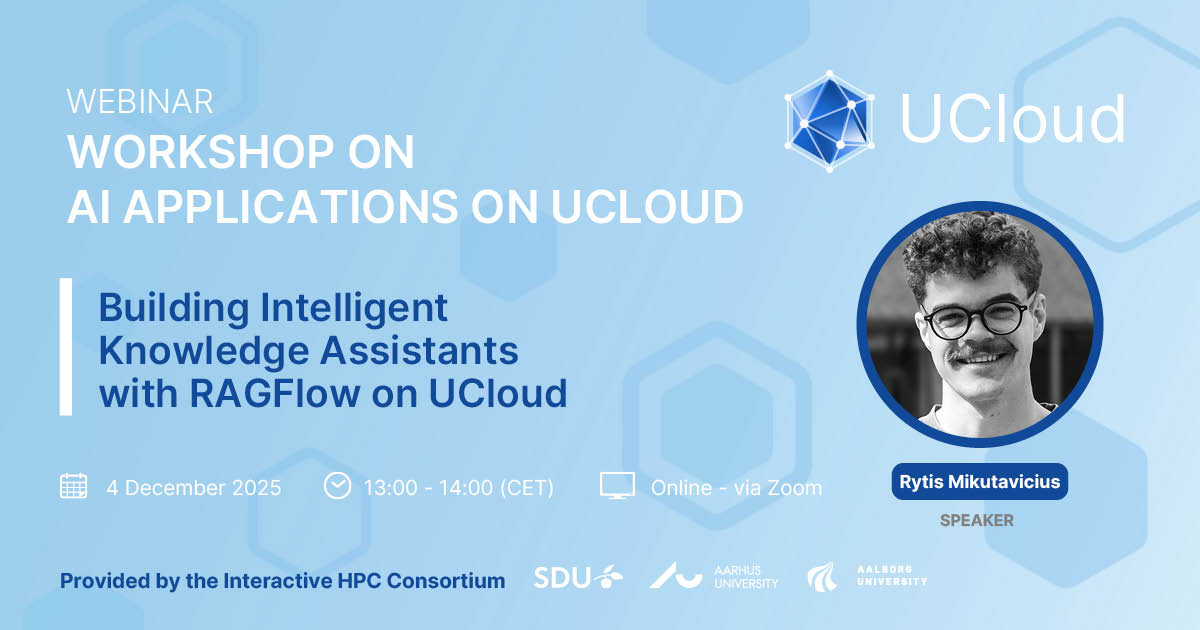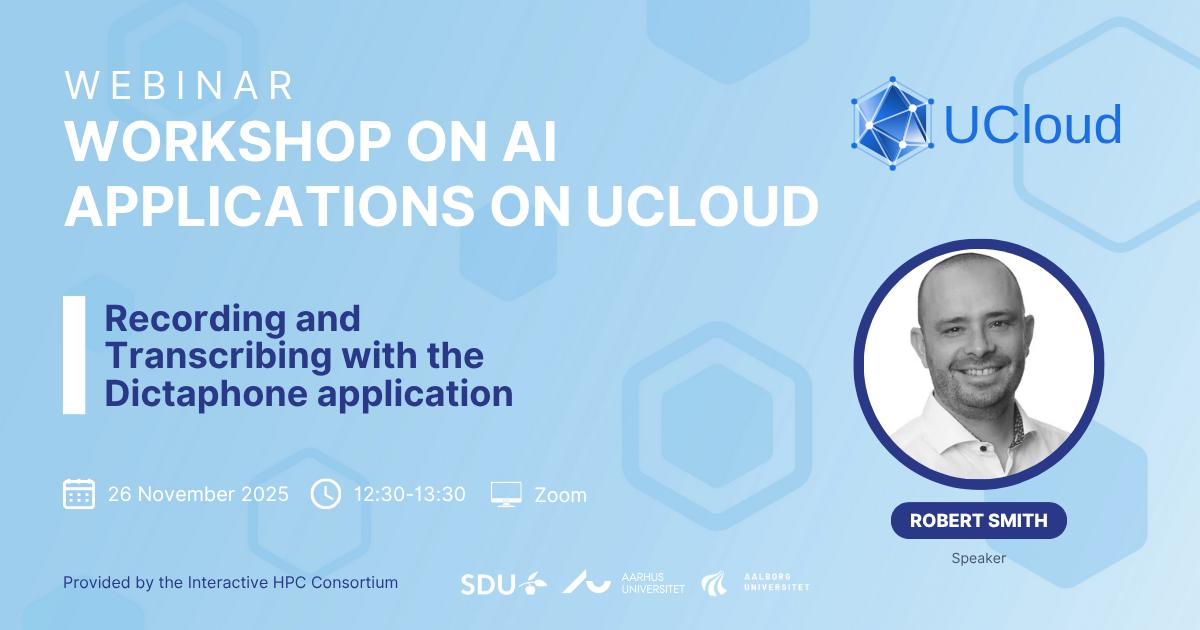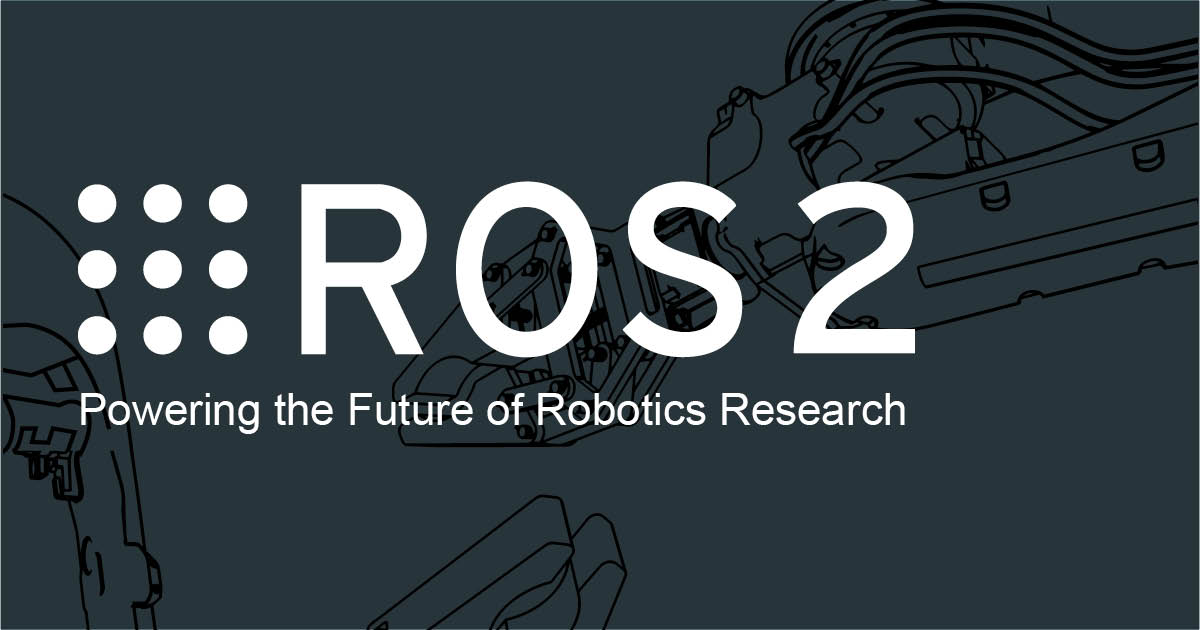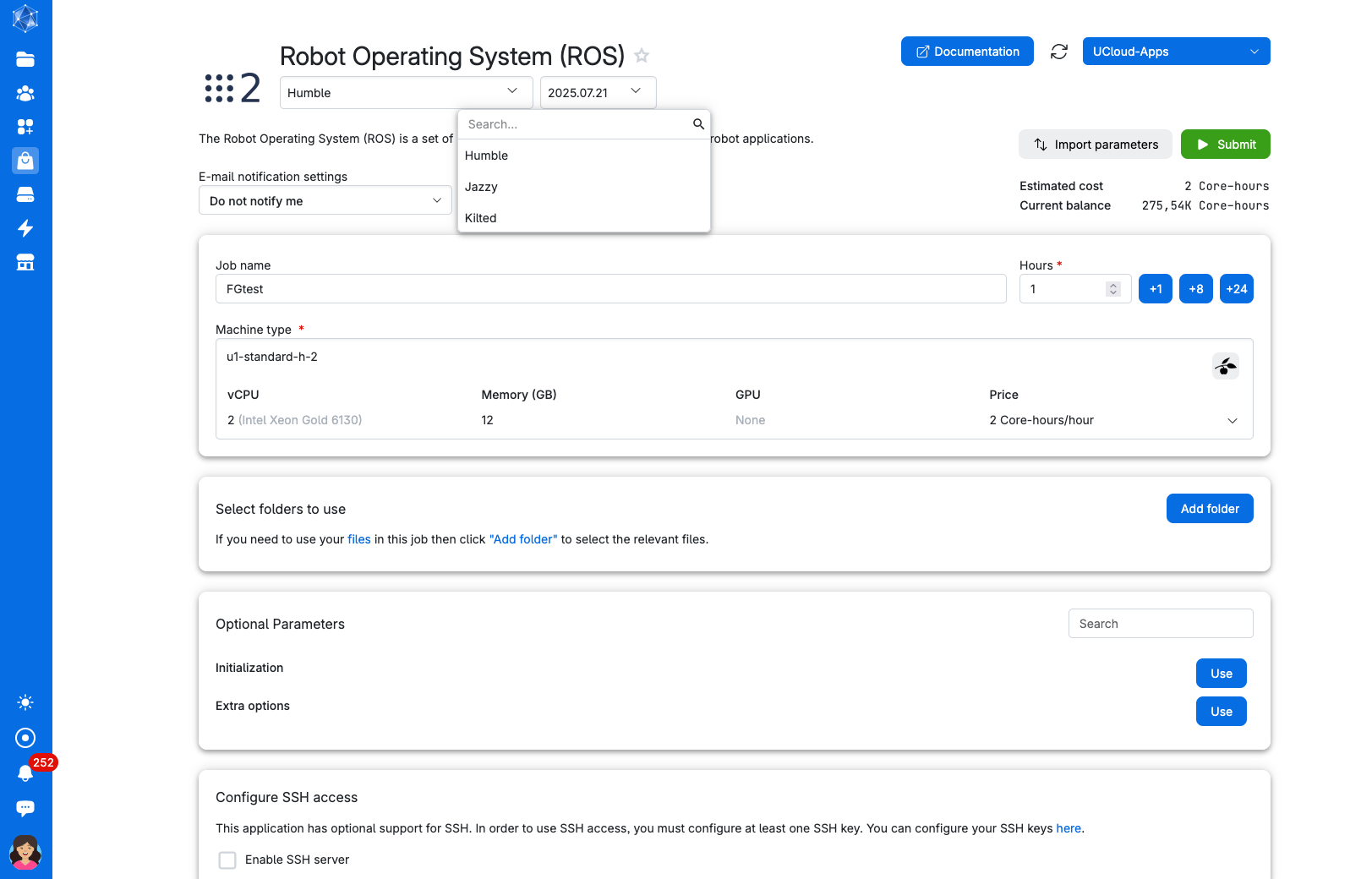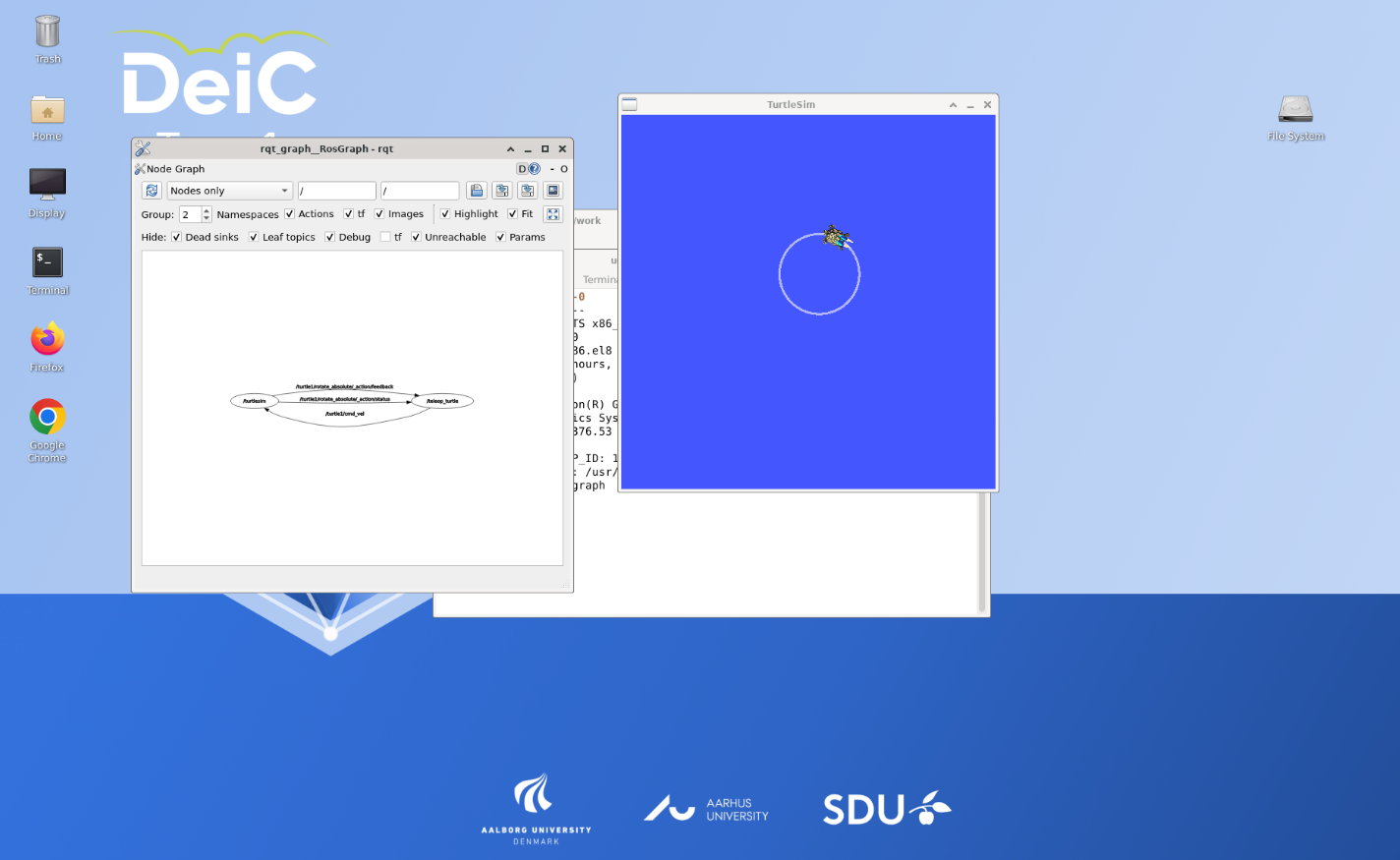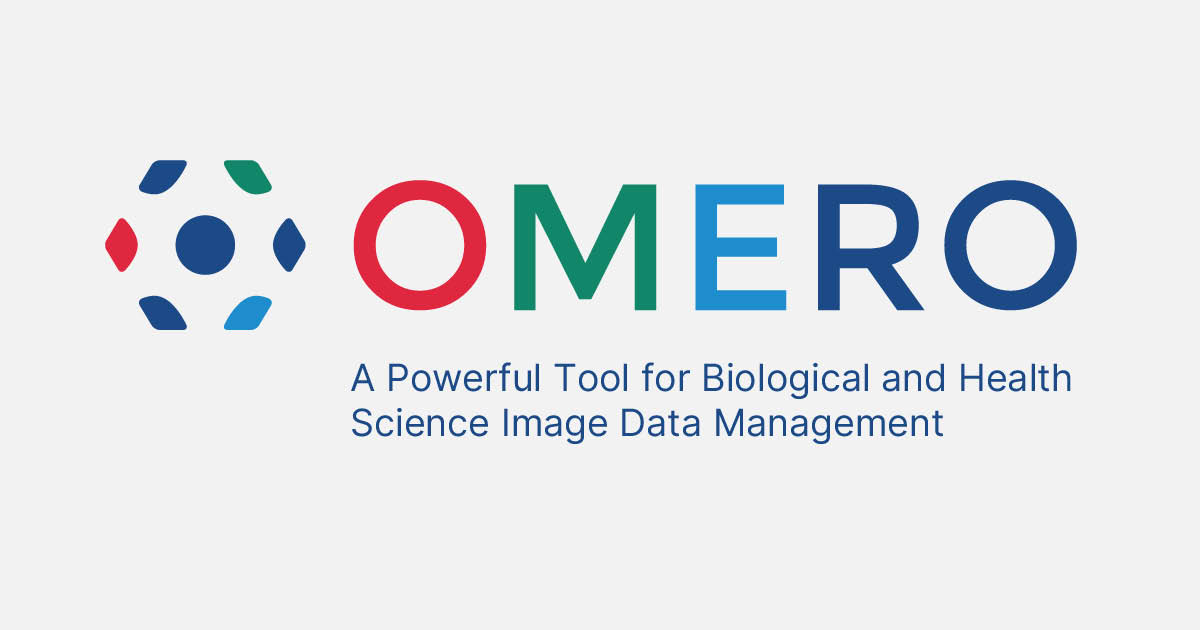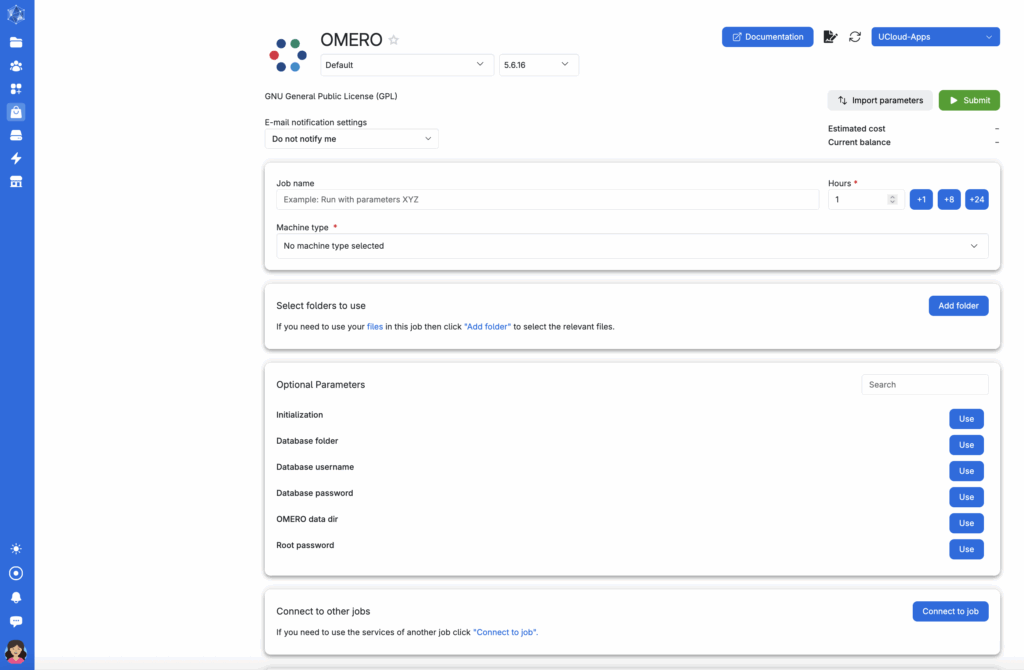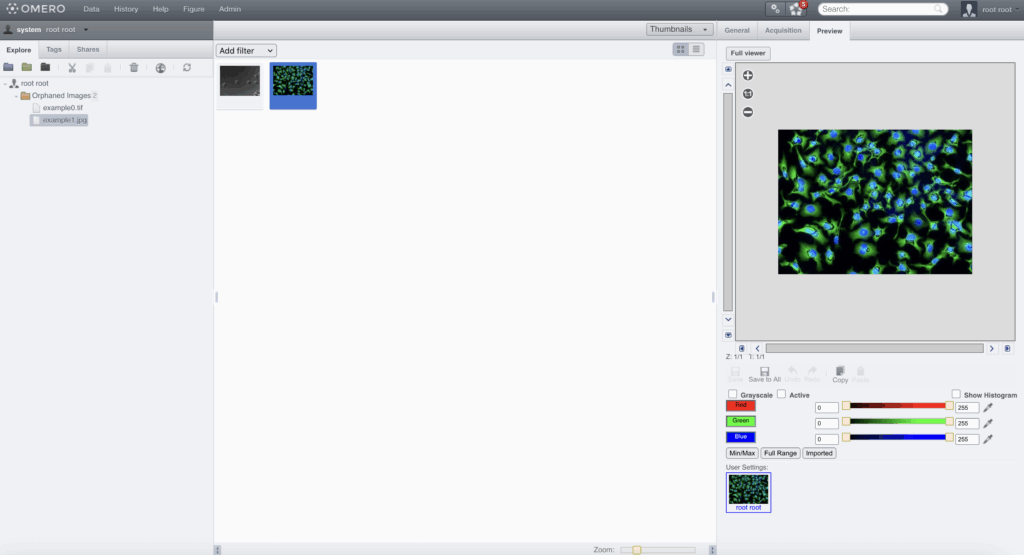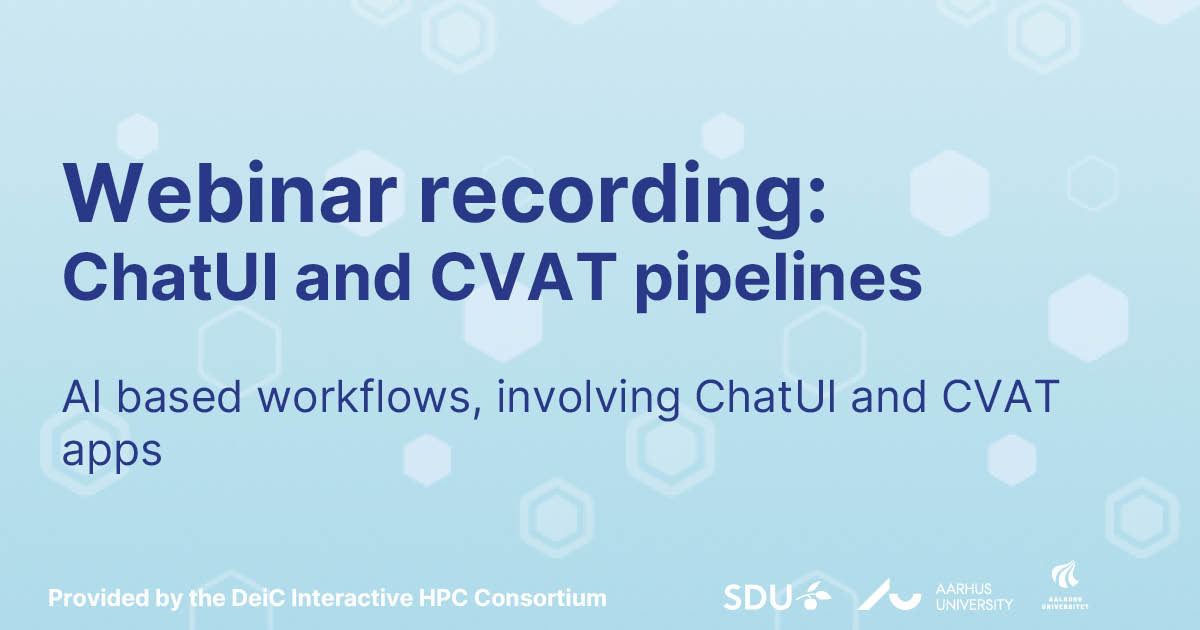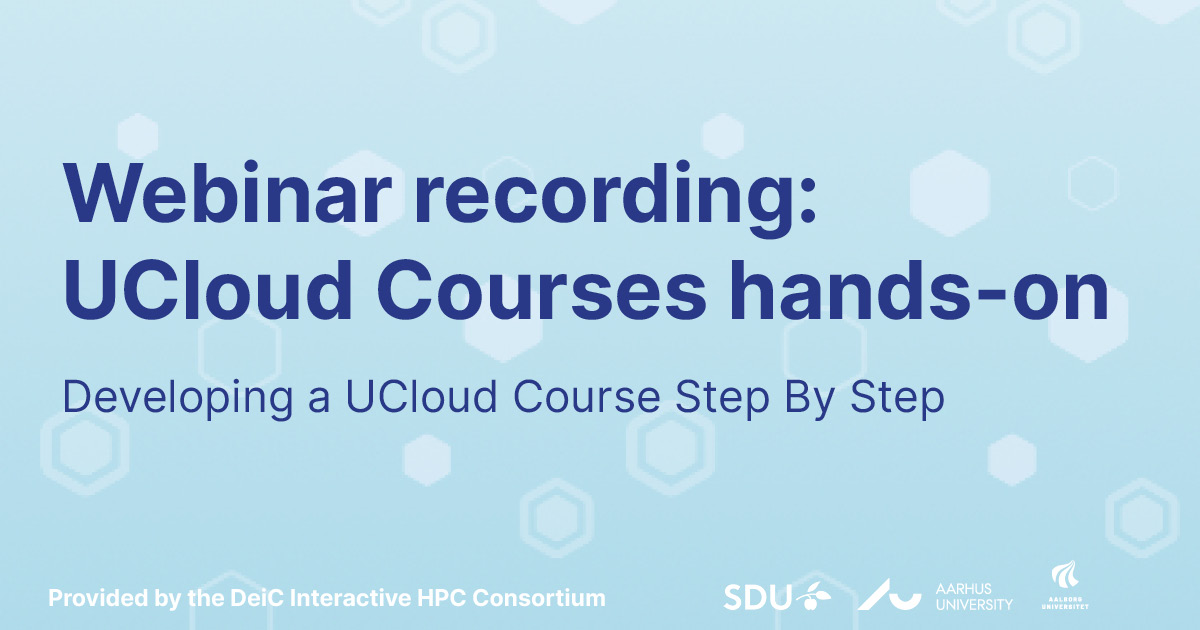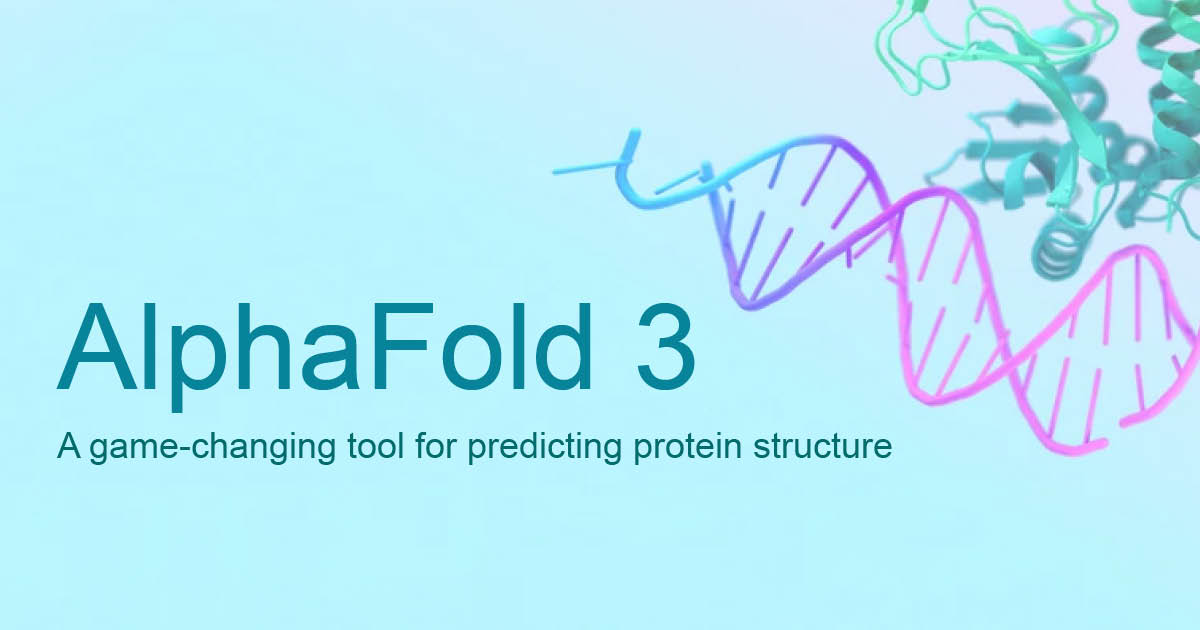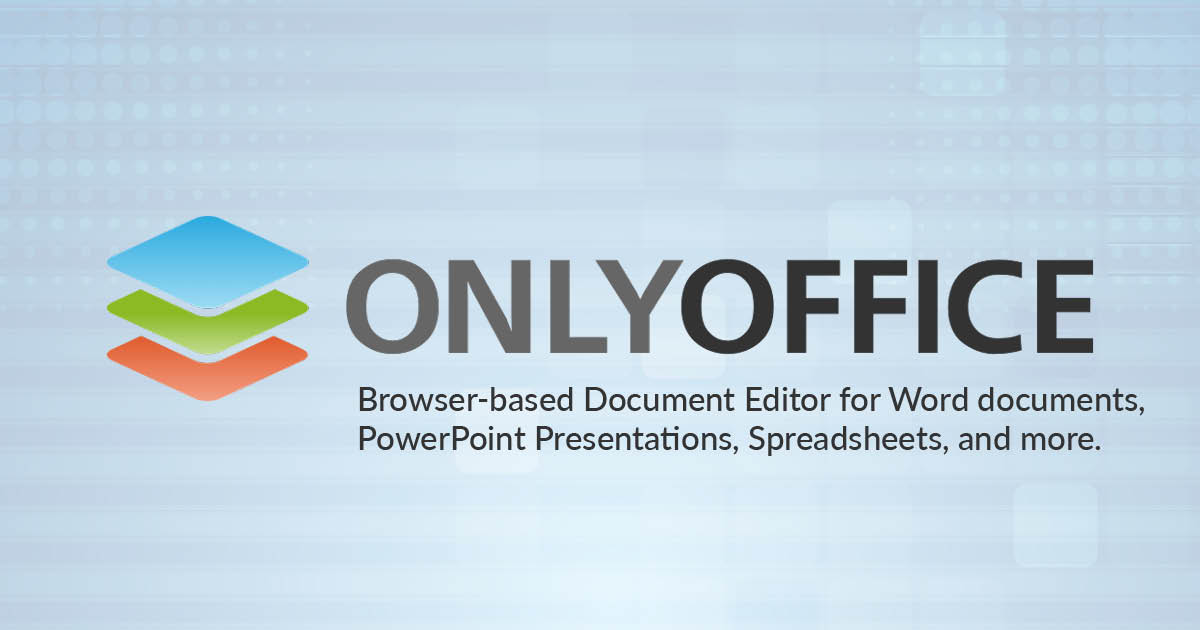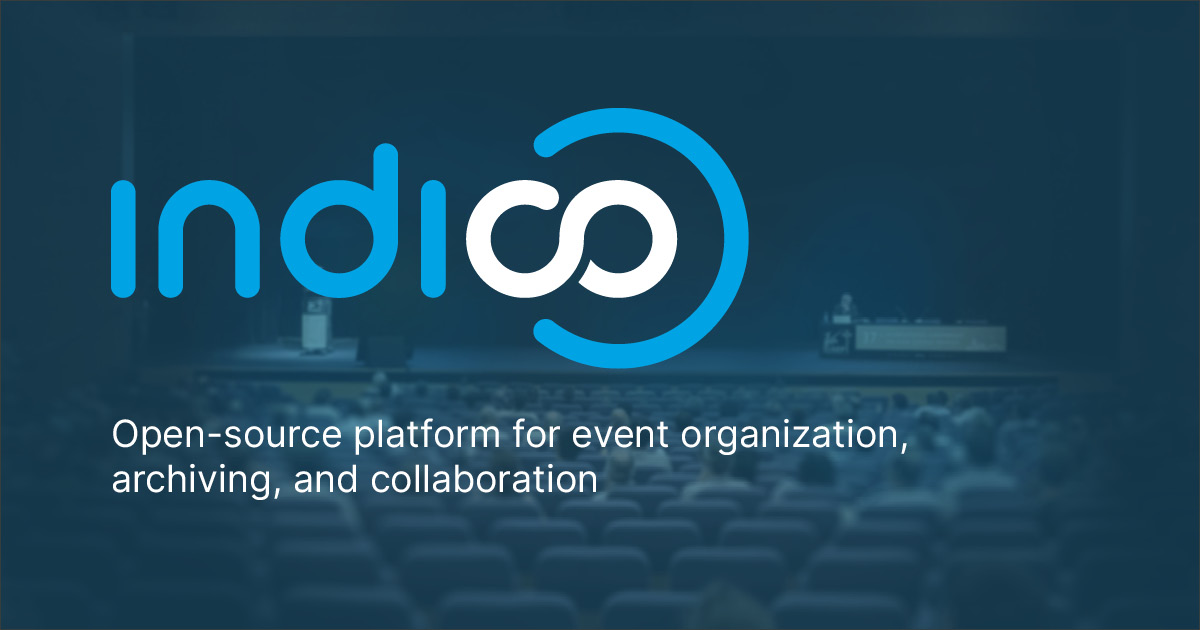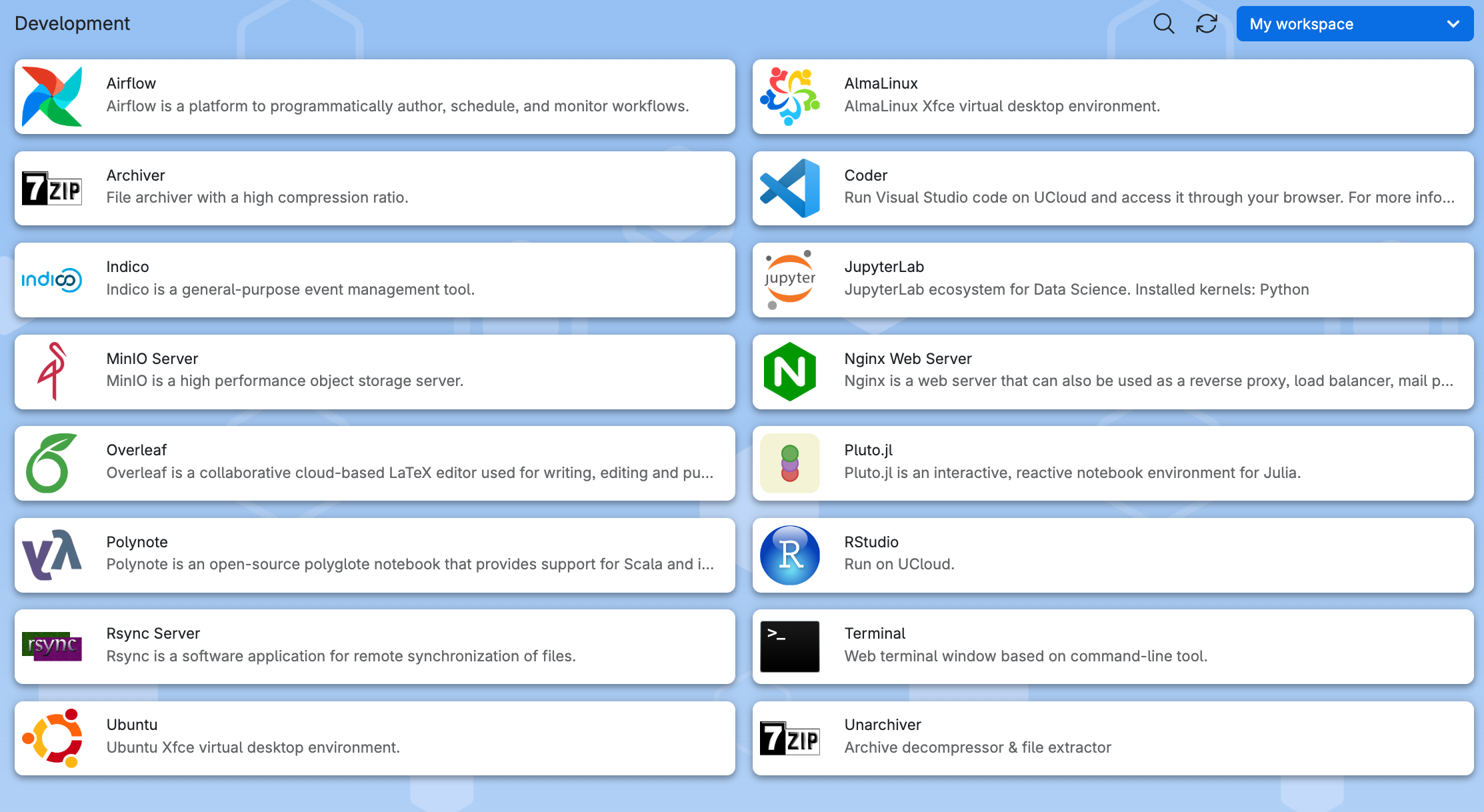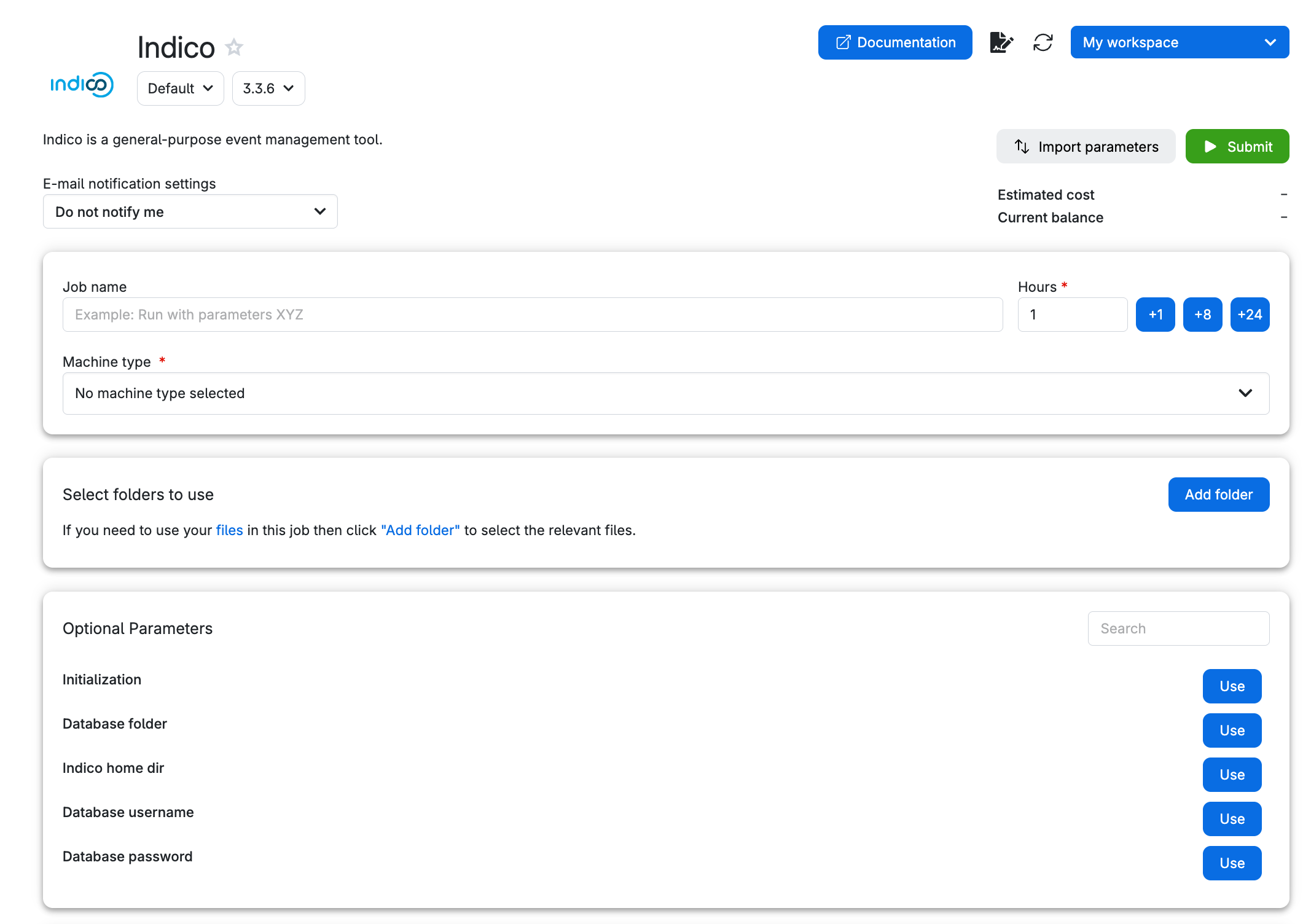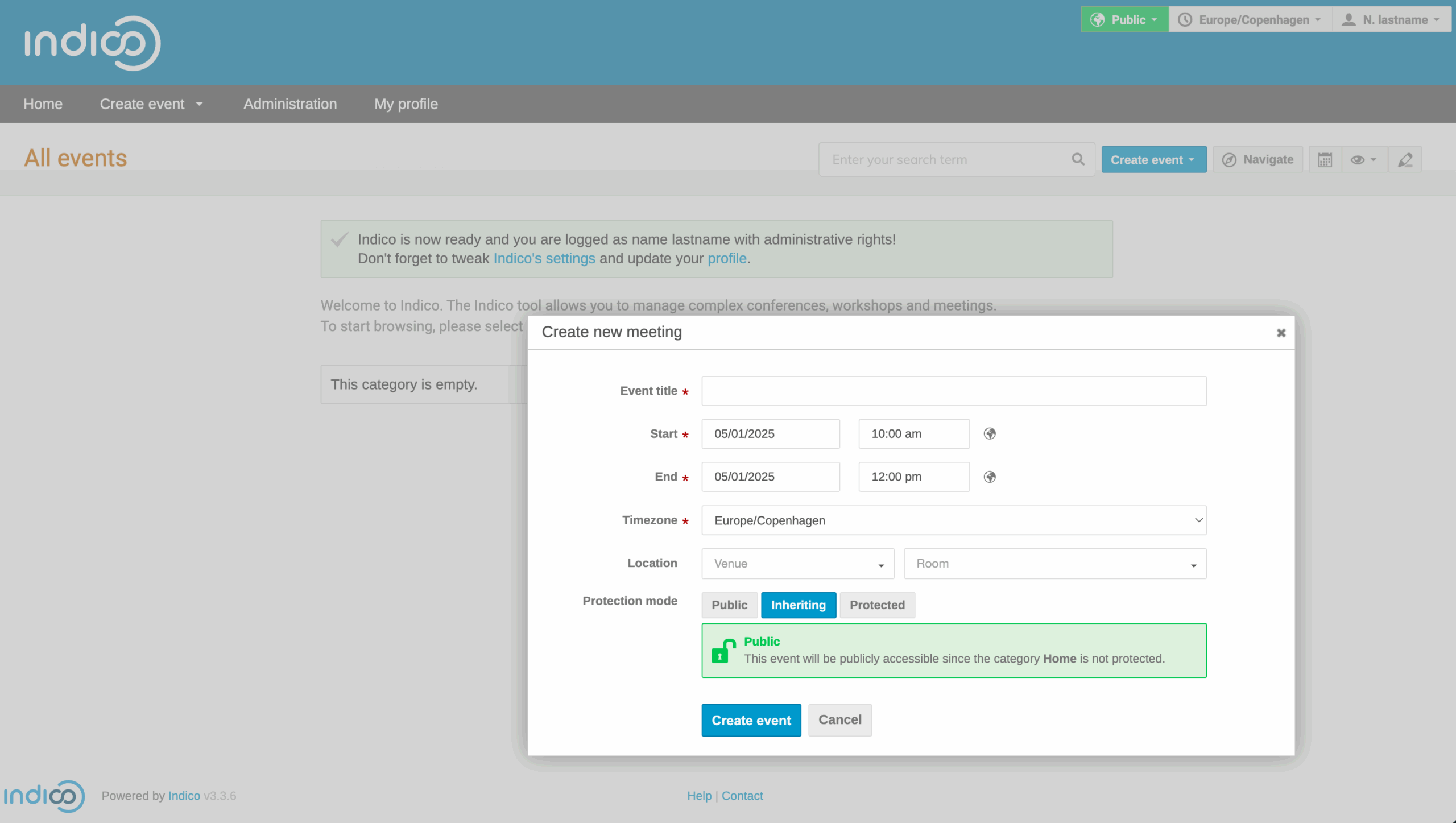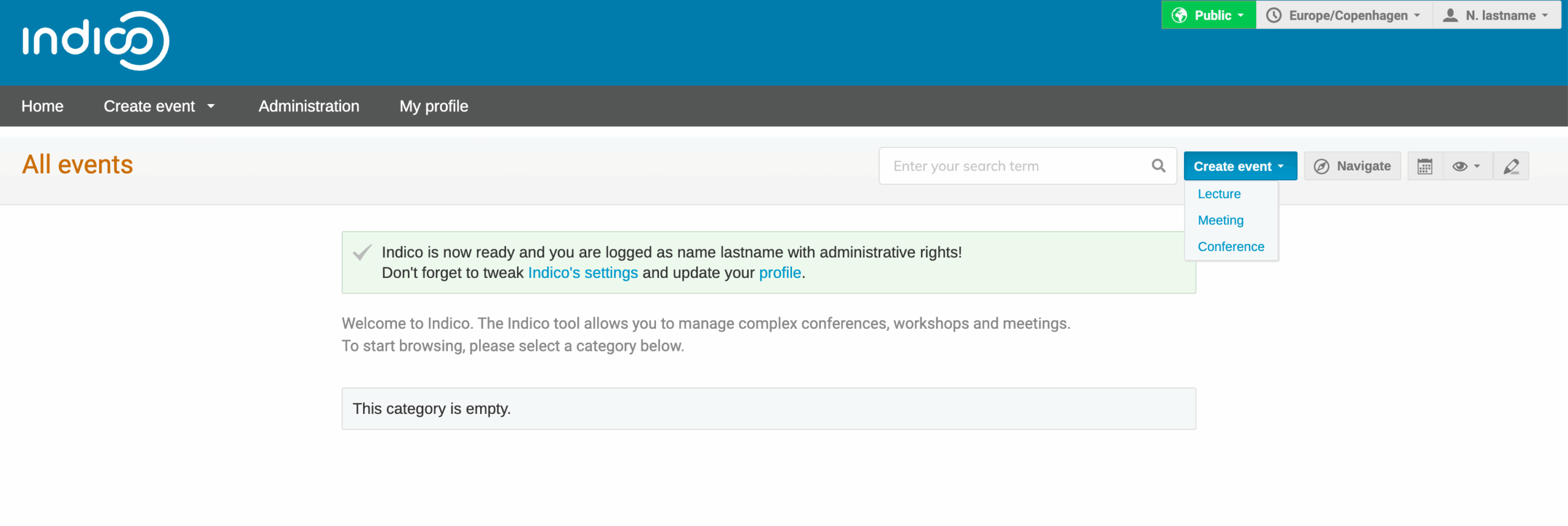Date: 4 December 2025
Time: 13:00 – 14:00 (CET)
Location: Online, via Zoom
Join us for a hands-on webinar introducing RAGFlow, an advanced Retrieval-Augmented Generation (RAG) platform available on UCloud. RAGFlow enables you to build your own intelligent assistants by combining document retrieval, embeddings, and large language models – all within a user-friendly visual interface.
In this session, you will learn how to:
- Launch RAGFlow on UCloud – explore the application options in the job page and understand how to configure your workspace.
- Navigate the RAGFlow interface – get familiar with the main dashboard, menus, and workflow structure.
- Set up an embedding and chat model – choose from available models and understand their roles in retrieval and dialogue generation.
- Create and manage knowledge bases – upload and process your own datasets, configure chunking and embedding strategies, and test retrieval quality.
- Build a chat assistant – connect your models and knowledge base to create an interactive, context-aware chatbot.
- Design a basic agentic workflow – combine tools and steps in RAGFlow’s visual builder to automate reasoning and responses.
- Launch RAGFlow on UCloud – explore the application options in the job page and understand how to configure your workspace.
All workflows will be demonstrated live on UCloud, showing how to go from data ingestion to an operational AI assistant – no coding required.
Target audience: Researchers, students, and AI-curious users interested in document-based question answering, knowledge management, and conversational AI.
Technical Level: Beginner to Intermediate — no prior experience with RAG or model configuration needed. Basic familiarity with UCloud will be helpful. If you’re new to the platform, we recommend signing up for the Getting Started with UCloud workshop on 19 November
Sign up for the RAGFlow on UCloud workshop
About the RAGFlow application:
RAGFlow is a new application being introduced on UCloud this December. It lets you build your own smart assistant using your documents. It combines search and AI to answer questions based on information you provide – no coding required.
Key features:
- Create your own knowledge base
Upload PDFs, text files, or notes and let RAGFlow organize them for easy retrieval. - Choose AI models
Pick an embedding model for search and a chat model for conversations, all within the app. You can also add other model types – such as reranking for better answer accuracy, speech-to-text for audio input, image-to-text for scanned documents, or text-to-speech for spoken responses. - Chat with your data
Ask questions and get context-aware answers directly from your uploaded materials. - Simple visual workflow
Set up each step through an easy, guided interface. - Secure on UCloud
All data stays private and runs safely within UCloud’s secure environment.
RAGFlow is perfect for beginners who want to explore how AI can search, summarize, and explain their own research data or learning materials. For advanced users, RAGFlow also offers powerful customization through agentic workflows, where multiple models and tools can work together in sequence.
Keep an eye on updates here or in the UCloud app catalogue to be the first to know when RAGFlow becomes available.

